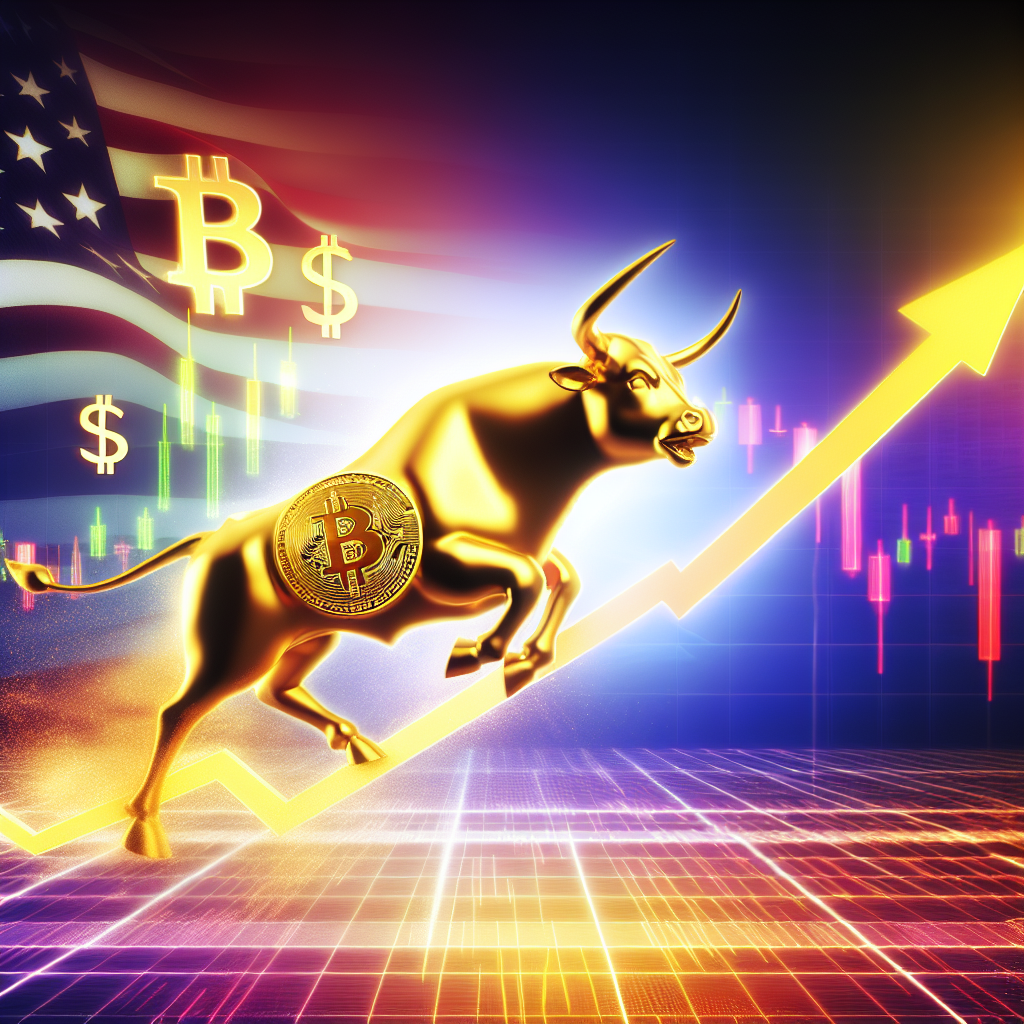Key insights:
Paul Tudor Jones anticipates significant growth in US markets, emphasizing the need for widespread retail and institutional engagement to reach a market peak.
Current US stock market valuations and economic factors do not indicate an imminent downturn, reinforcing the idea of ongoing speculative momentum.
Billionaire investor Paul Tudor Jones strongly believes that US financial markets are not in a bubble, citing the escalating fiscal crisis as a trigger for risk-on assets, like Bitcoin (BTC). His main argument revolves around accommodating monetary policies, retail investment flows, and speculation.
US fiscal debt situation favors investment in risk-on assets, including Bitcoin
In July, US President Donald Trump enacted the “One Big Beautiful Bill,” which extended tax reductions and increased the debt ceiling, projecting a $2.1 trillion deficit by 2029, as reported by The Congressional Budget Office.
Interest in US debt is set to exceed $1 trillion within a year for the first time ever, leading analysts to predict a 127% debt-to-GDP ratio by 2026. This fiscal pressure casts doubts on the US’s repayment capabilities, as investors fear that the government may need to inflate or devalue the currency.
Concerns mount as foreign entities hold 33% of US Treasurys. The infusion of liquidity and suppression of real yields often prompts those holders to search for better returns elsewhere, exerting downward pressure on Treasury demand and the dollar itself.
Tudor Jones observes parallels with 1999, when Nasdaq saw a 90% gain in five months, culminating in the “dot-com crash” of 2000. However, the current situation is far more advantageous. Unlike in 1999, when the US Federal Reserve (Fed) began raising interest rates, the market anticipates the opposite for the near future.
Another key difference is the tightening policy that characterized 1999, where the Fed’s balance sheet shrank from $8.66 trillion to $5.38 trillion by early 2000. In contrast, the Fed is not expected to reduce its balance sheet in the upcoming year, especially amid signs of weakening in the labor market that support speculative momentum and a prolonged runway.
Tudor Jones foresees a speculative frenzy ahead, expecting further gains
Tudor predicts a “massive rally” that could be “significantly more explosive than 1999,” yet contends that markets are not yet experiencing a “speculative frenzy.” He stated that “more retail buying” and “real money” are necessary before a “blow off” top occurs. Tudor Jones does not foresee an immediate downturn, and metrics of stock market valuation support his view.
As per data from Yardeni Research, the S&P 500 forward price-to-earnings ratio is approximately 23 times, below the 25 times peak recorded in 2000, indicating potential for multiple expansion in a positive sentiment climate.
Tudor anticipates that “speculative exhaustion” will ultimately occur, but not via the abrupt collapses commonly seen in bubble bursts. He advises allocations toward growth stocks, gold, and Bitcoin as protection against inflation and fiscal strain.
With a market capitalization of $2.5 trillion, Bitcoin remains relatively small compared to gold’s $26 trillion and the S&P 500’s $57 trillion. Therefore, even a modest capture of less than 3% of the $7.37 trillion in the money market could significantly impact Bitcoin’s price.
This article is intended for informational purposes only and should not be construed as legal or investment advice. The views, thoughts, and opinions expressed herein are those of the author alone and do not necessarily represent the views and opinions of Cointelegraph.

